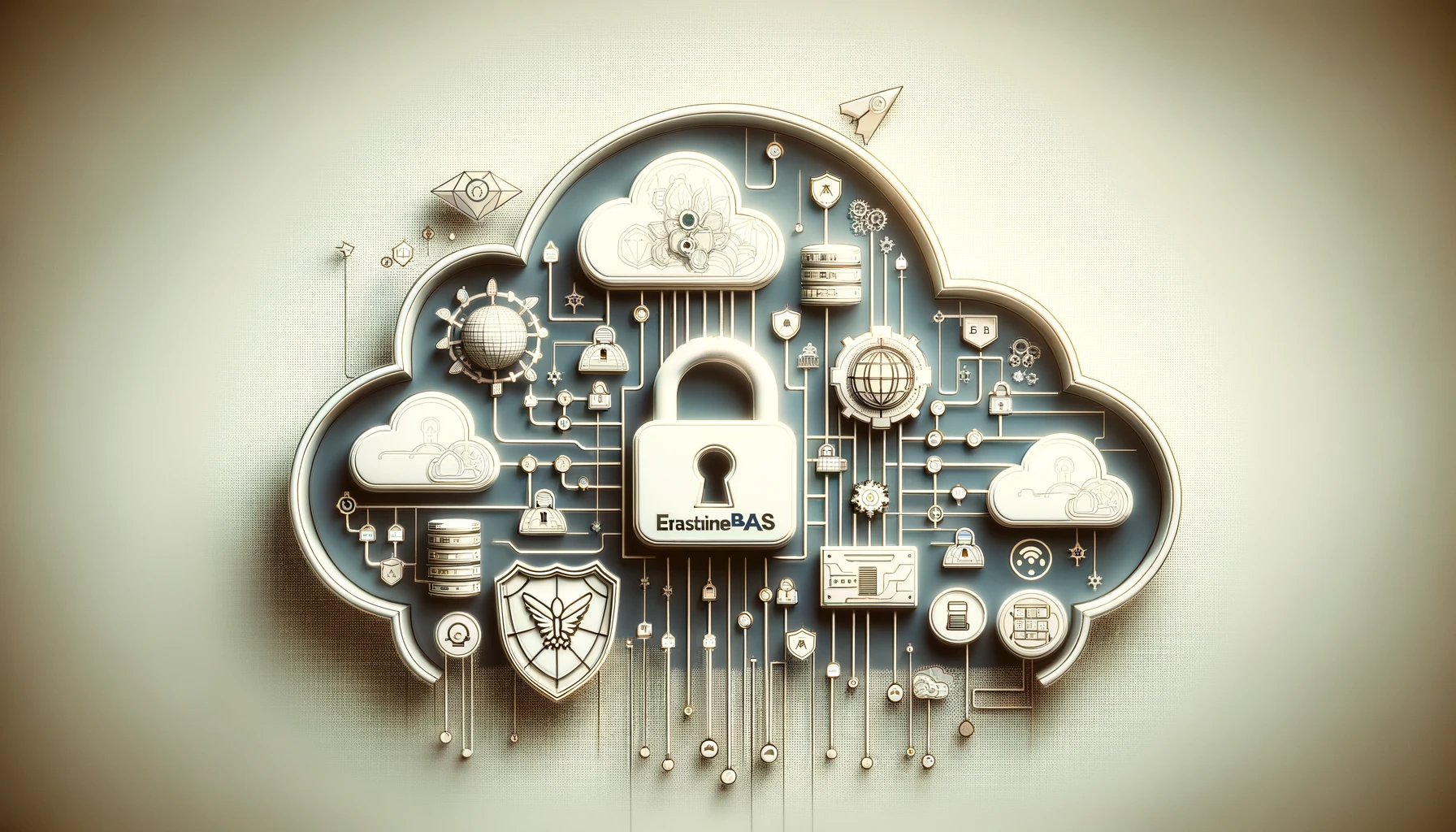Security Best Practices in Enterprise Software Development with BaaS: A Deep Dive with StormAPI
In the fast-paced world of enterprise software development, security is not just a feature but a foundational necessity. As Backend as a Service (BaaS) platforms like StormAPI gain prominence for their ability to streamline development processes, the emphasis on integrating robust security measures from the get-go has never been more critical. This article will explore essential security best practices in enterprise software development, leveraging insights from StormAPI’s approach to illustrate how businesses can safeguard their operations and data in a BaaS environment.
1. Emphasize End-to-End Encryption
One of the cardinal rules in securing enterprise applications is ensuring that data, both at rest and in transit, is encrypted. StormAPI provides an exemplary model of this practice by implementing comprehensive encryption protocols, such as TLS for data in transit and AES for data at rest. By following this lead, enterprises can protect sensitive information from unauthorized access, a crucial step in mitigating risks of data breaches and leaks.
2. Implement Robust Authentication and Authorization
Effective management of user access is pivotal in maintaining the security of enterprise applications. StormAPI employs advanced authentication mechanisms, including OAuth 2.0 and multifactor authentication (MFA), to verify user identities rigorously. Furthermore, its fine-grained authorization capabilities ensure that users can only access the data and functionalities relevant to their roles. Enterprises should prioritize BaaS platforms that offer these sophisticated authentication and authorization features to establish a secure access control framework.
3. Leverage Secure APIs
APIs are the backbone of communication in BaaS platforms, but they also represent potential vulnerabilities if not properly secured. StormAPI addresses this by implementing API gateways with rate limiting, encryption, and API keys, creating a secure bridge between the client applications and backend services. Enterprises should ensure that their BaaS provider employs similar API security measures to protect against common threats such as DDoS attacks and data interception.
4. Stay Compliant with Global Regulations
Compliance with international data protection regulations such as GDPR, HIPAA, and CCPA is a non-negotiable aspect of enterprise software development. StormAPI showcases its commitment to compliance by incorporating data governance tools and privacy-enhancing features directly into its platform. By choosing a BaaS platform that prioritizes regulatory compliance, enterprises can avoid hefty fines and reputational damage associated with non-compliance.
5. Conduct Regular Security Audits and Updates
The security landscape is constantly evolving, making regular audits and updates a critical practice for identifying and addressing vulnerabilities. StormAPI sets a standard by conducting periodic security assessments and promptly rolling out updates to fortify its services against emerging threats. Enterprises should adopt a proactive stance on security by selecting a BaaS provider that is committed to continuous improvement and timely updates.
6. Foster a Culture of Security Awareness
Lastly, technology alone cannot guarantee security; it must be complemented by a culture of awareness and vigilance. StormAPI supports this by offering resources and training to help developers understand security best practices and potential risks. Enterprises should emphasize security education and encourage practices like code reviews and threat modeling to build a resilient security posture.
In conclusion, as enterprises increasingly turn to BaaS platforms like StormAPI to accelerate their software development efforts, integrating robust security practices from the outset becomes imperative. By prioritizing encryption, secure access management, API security, compliance, continuous monitoring, and fostering a culture of security awareness, businesses can build enterprise applications that are not only efficient and scalable but also secure against the myriad threats in today’s digital landscape.


Leave a Reply